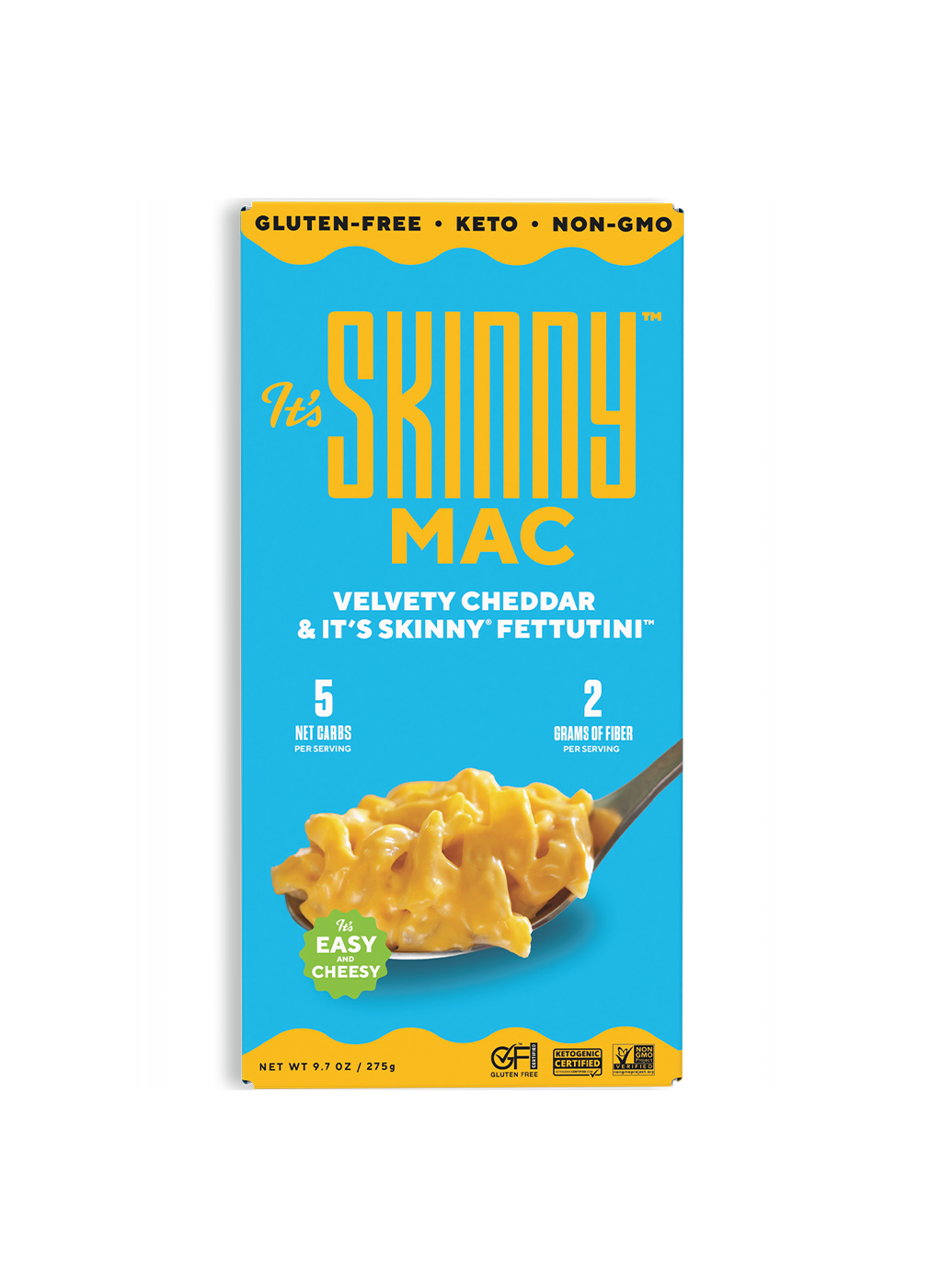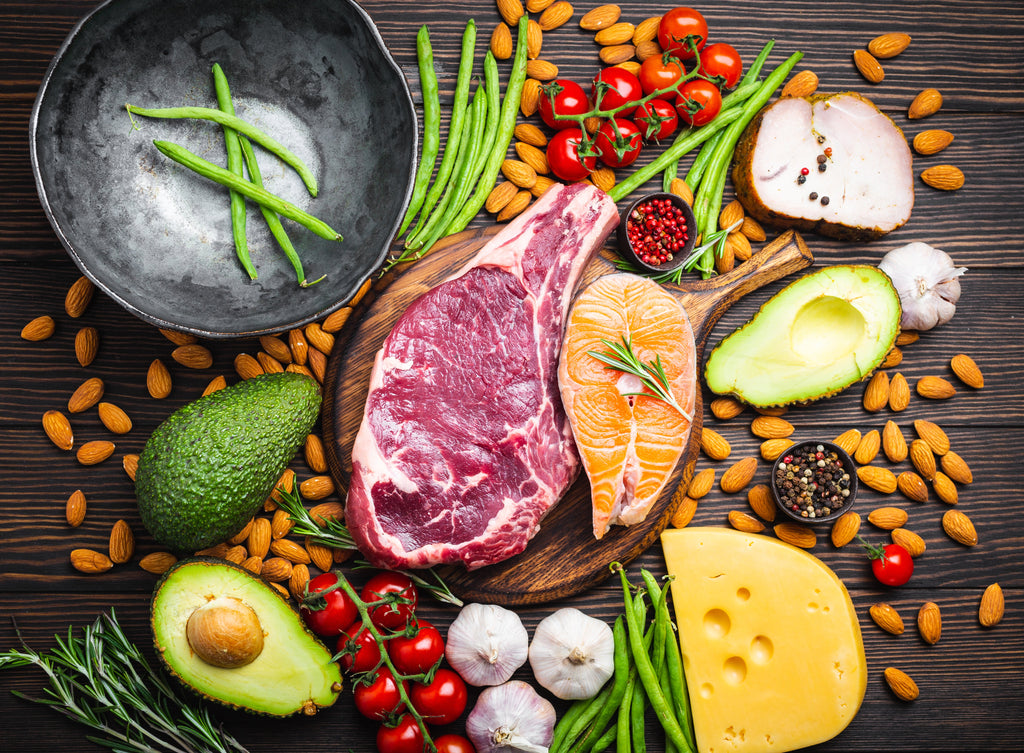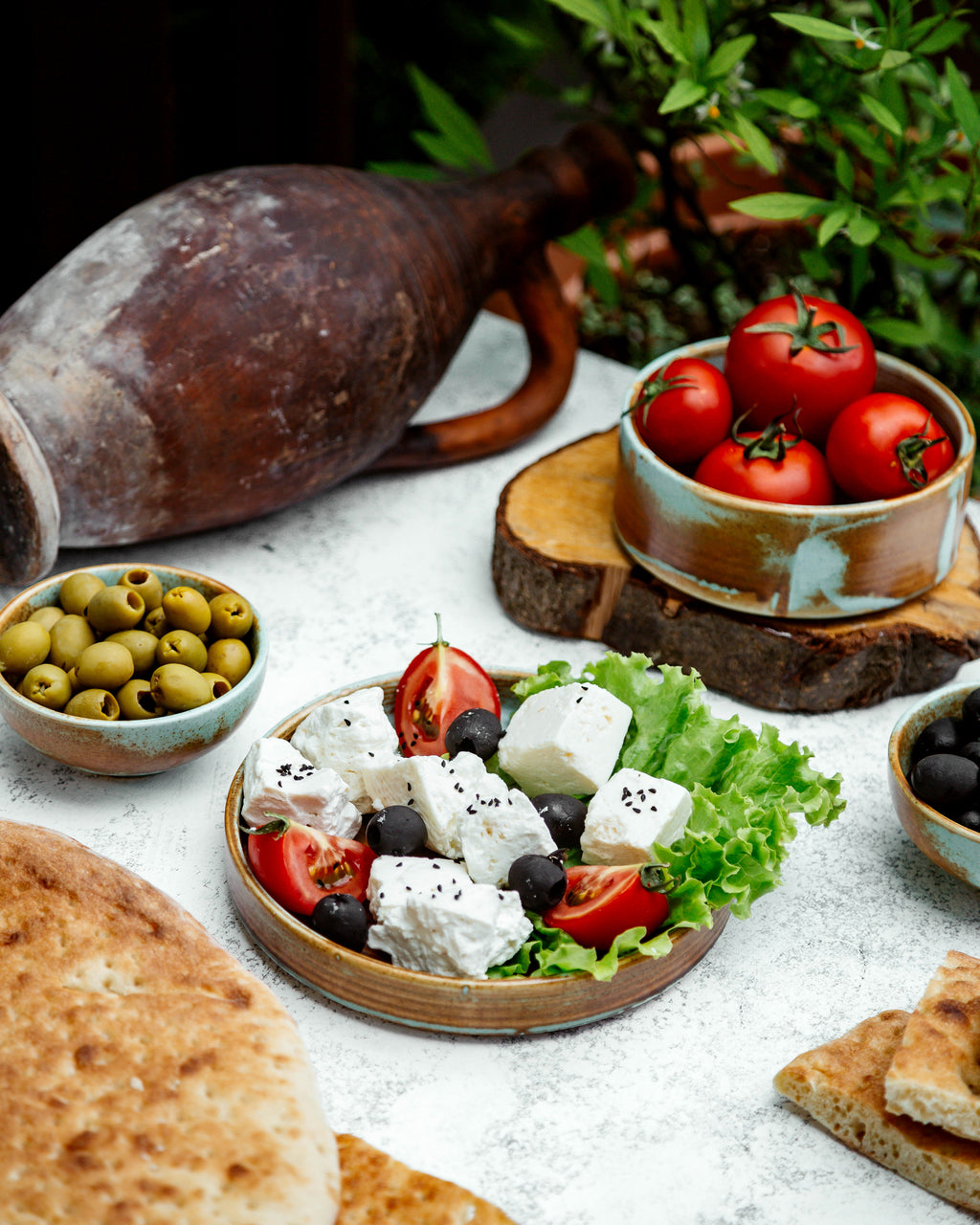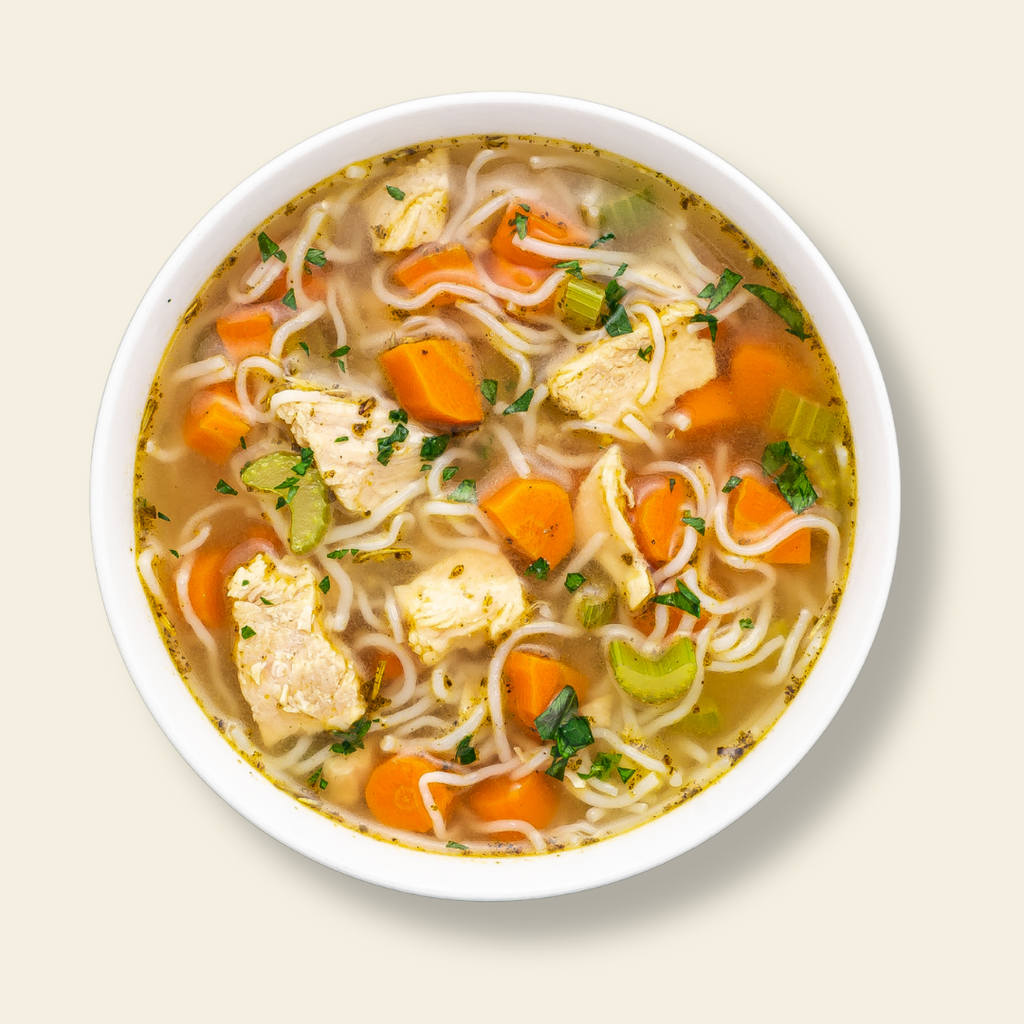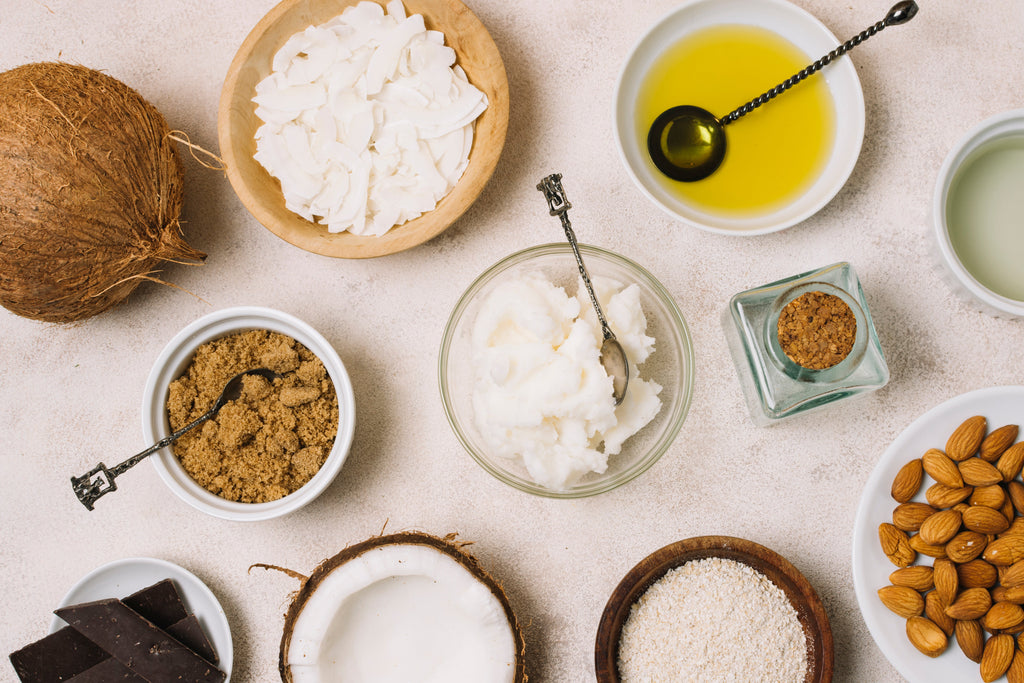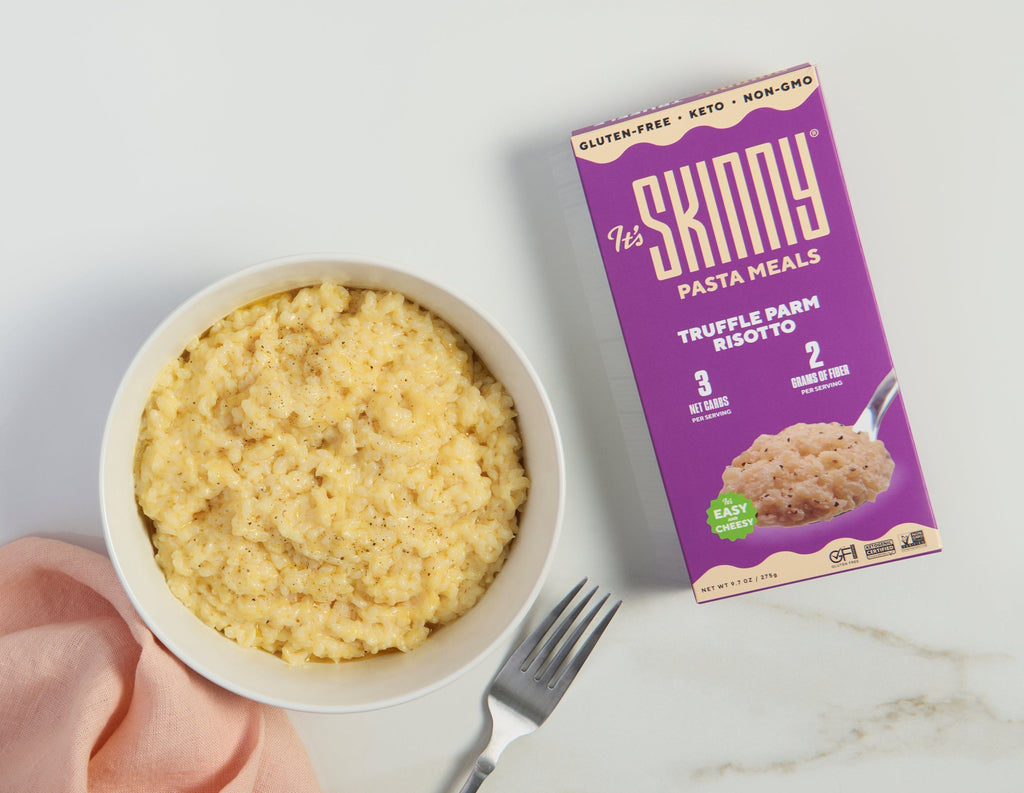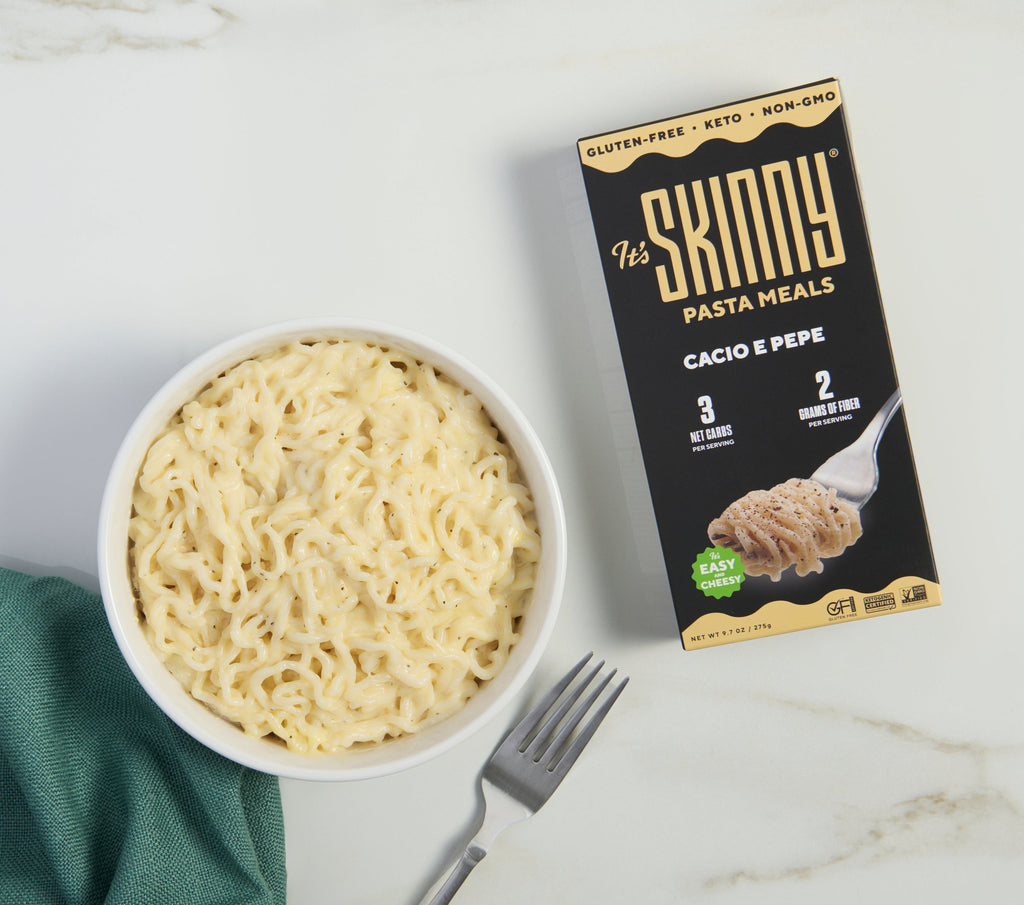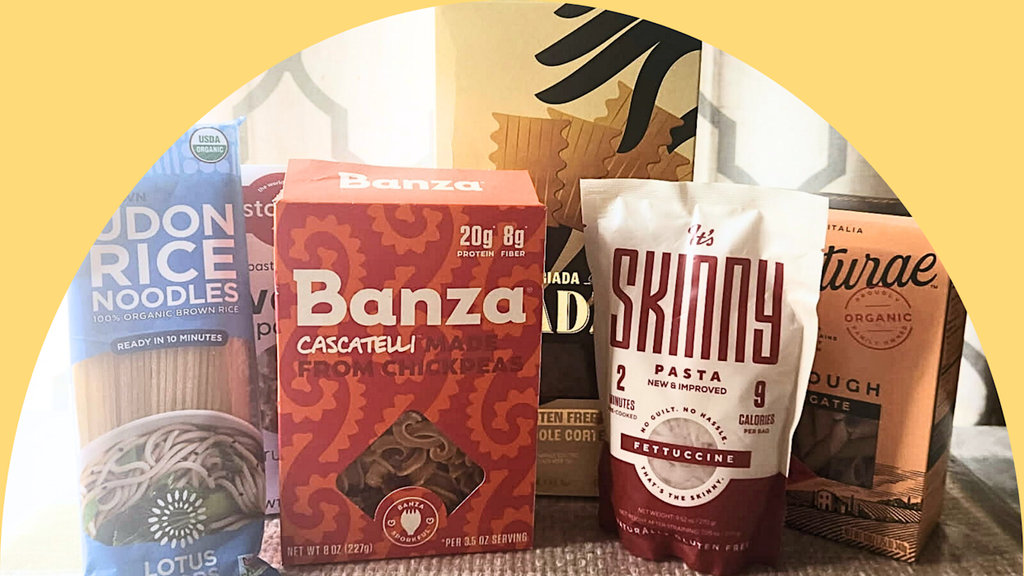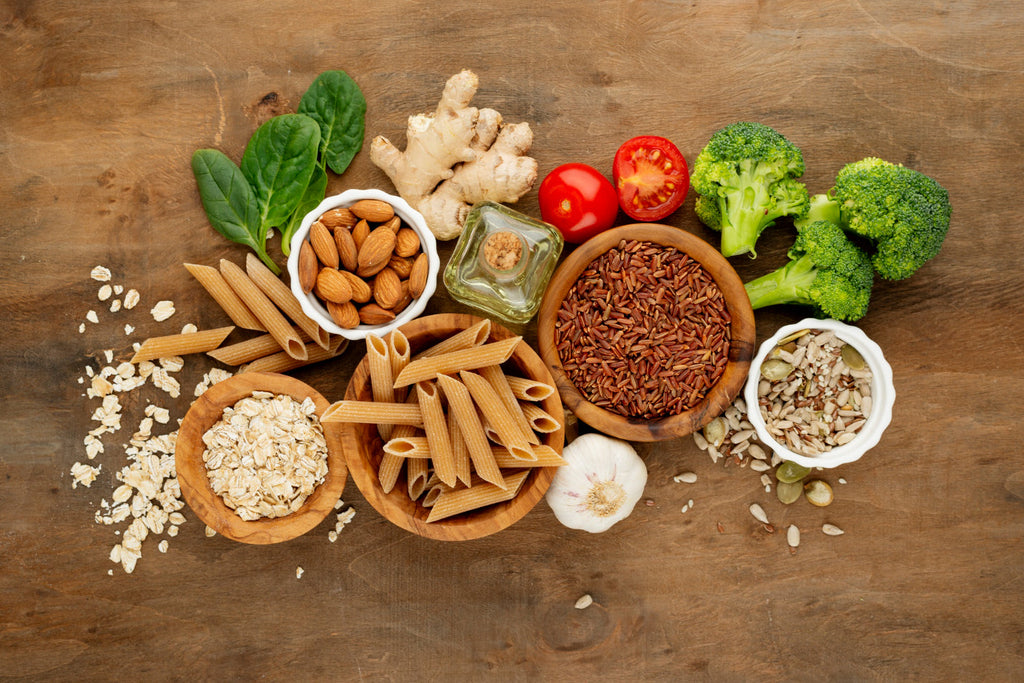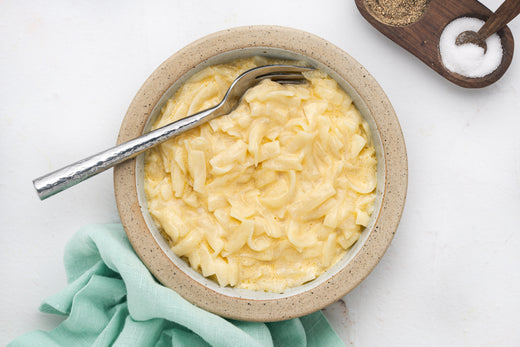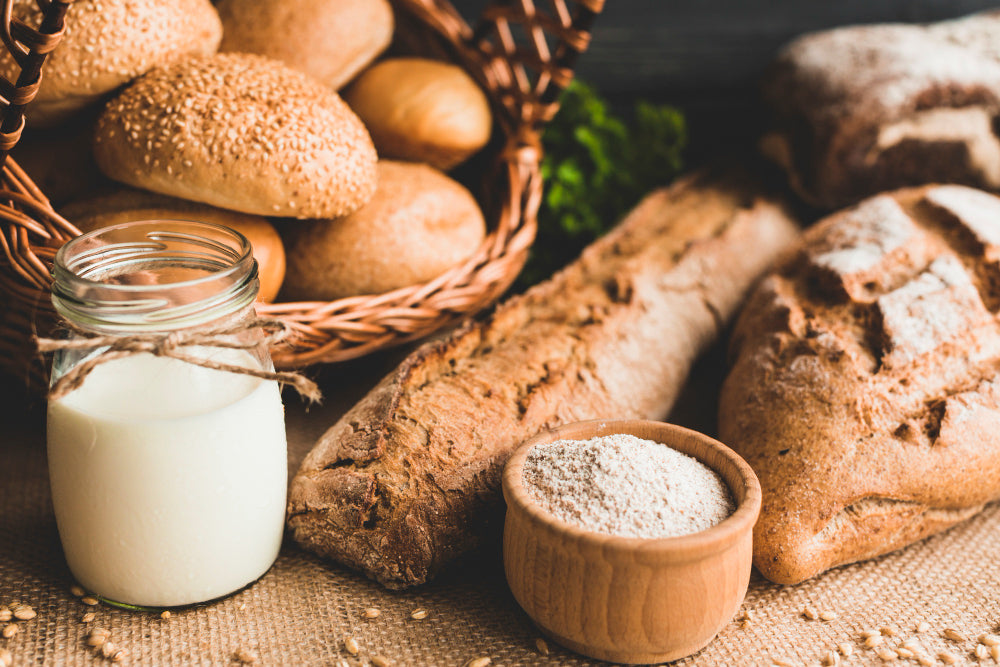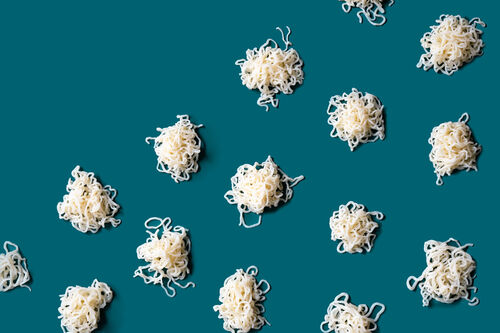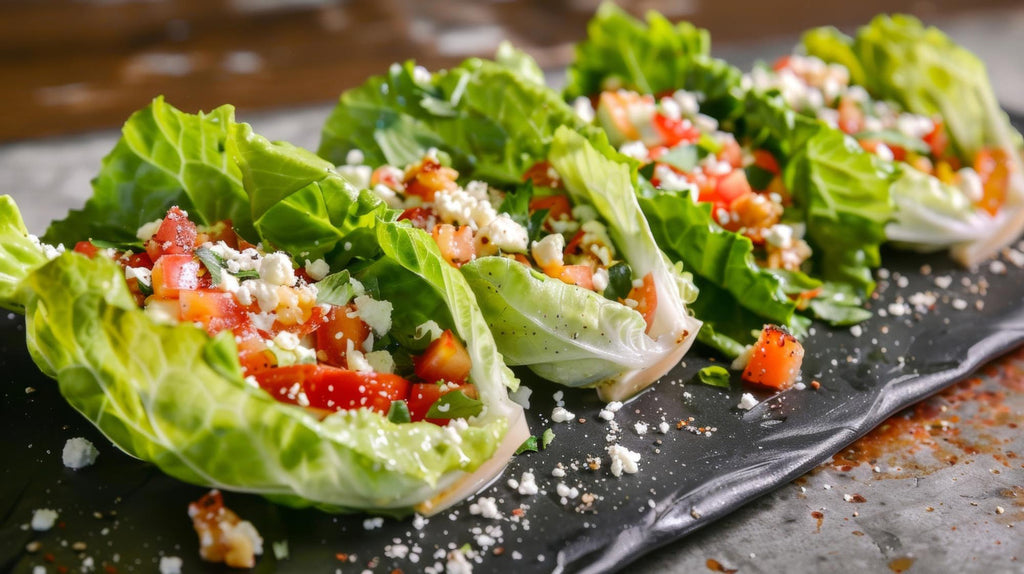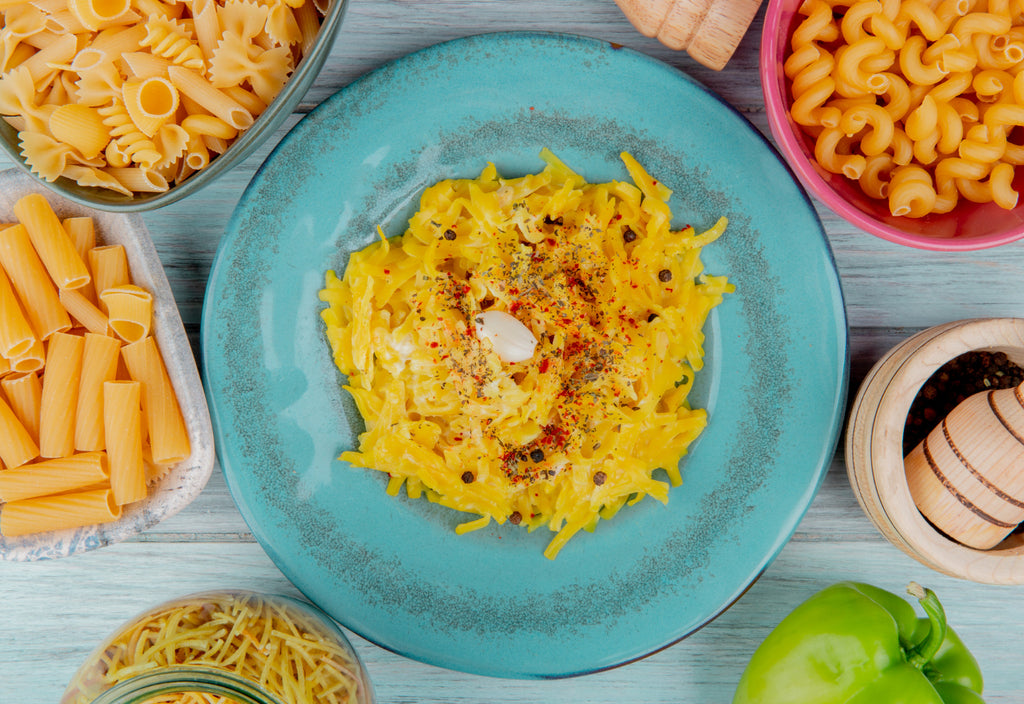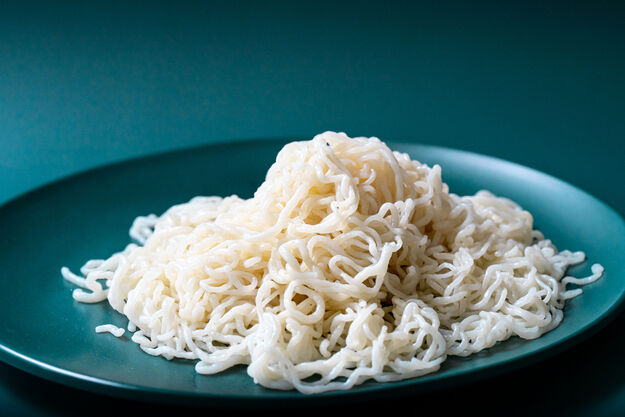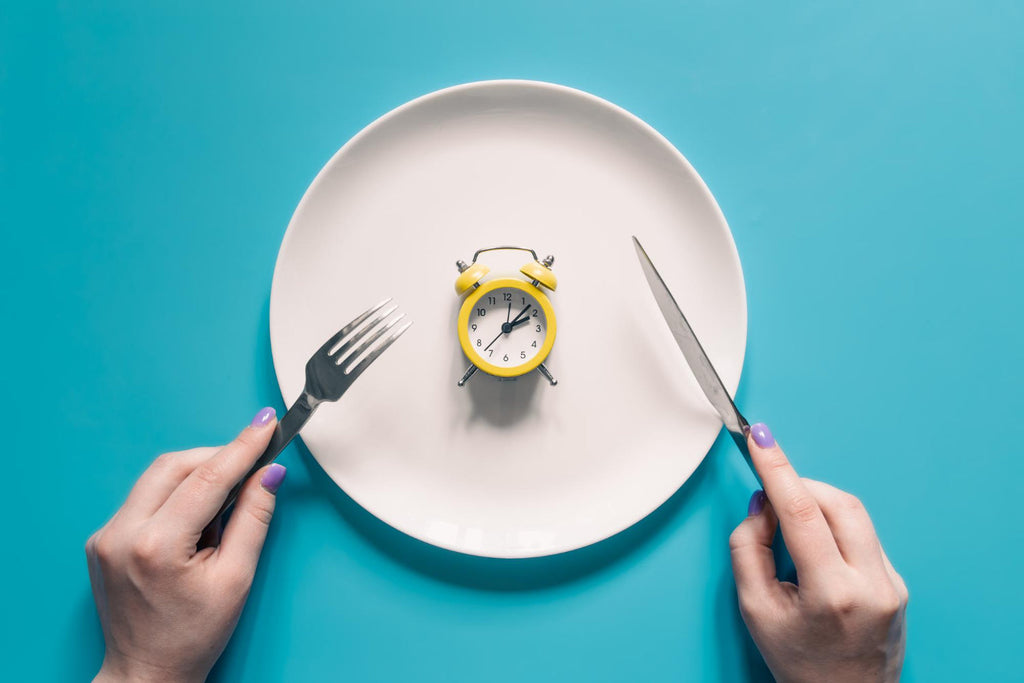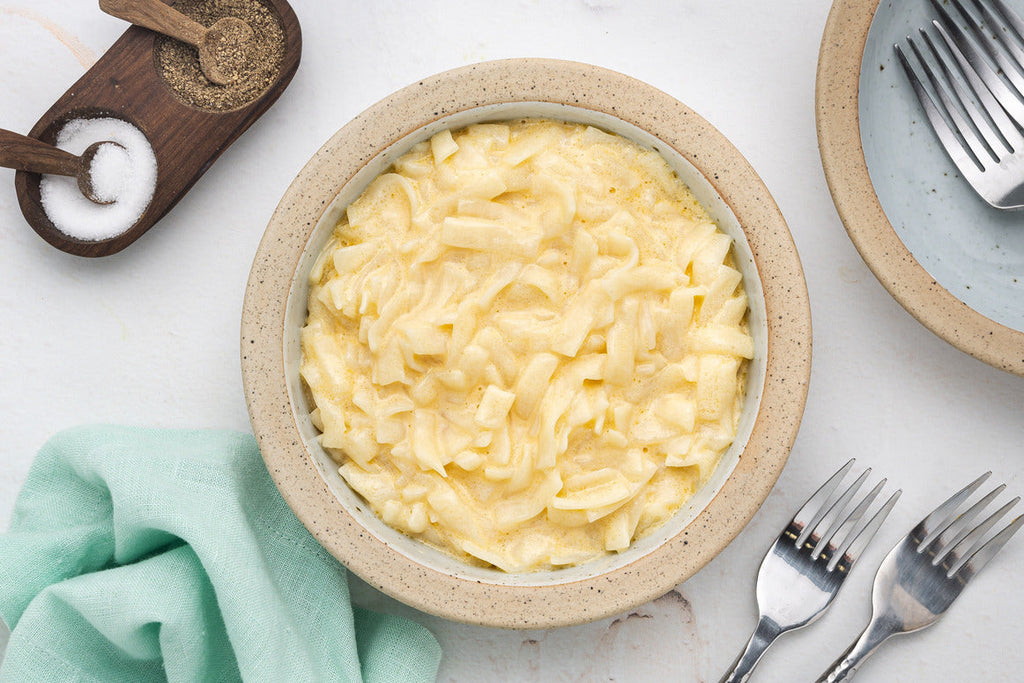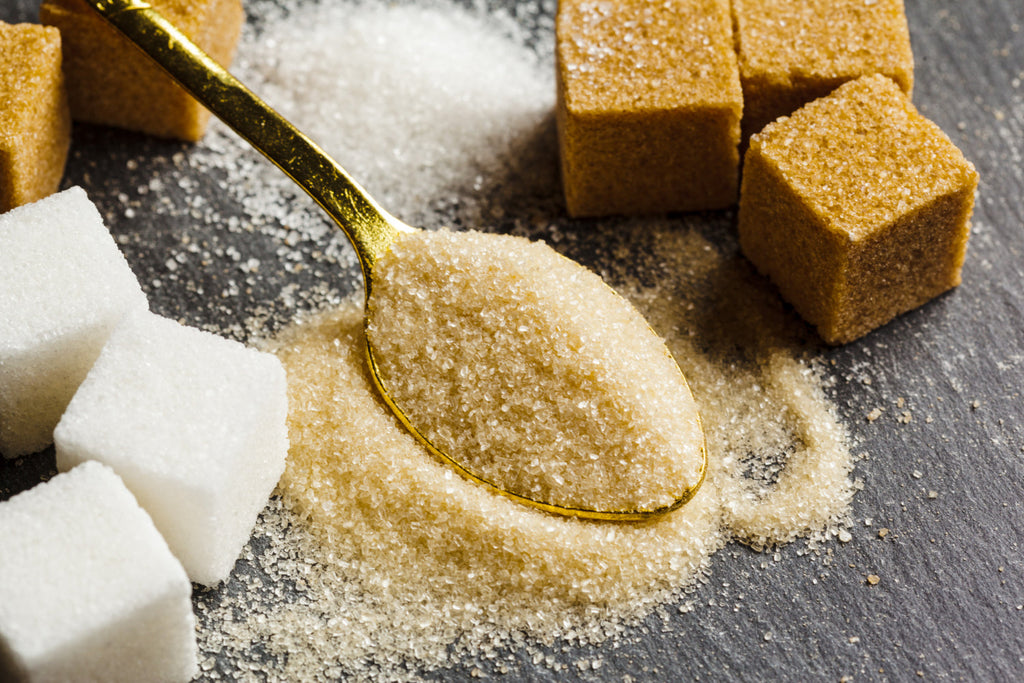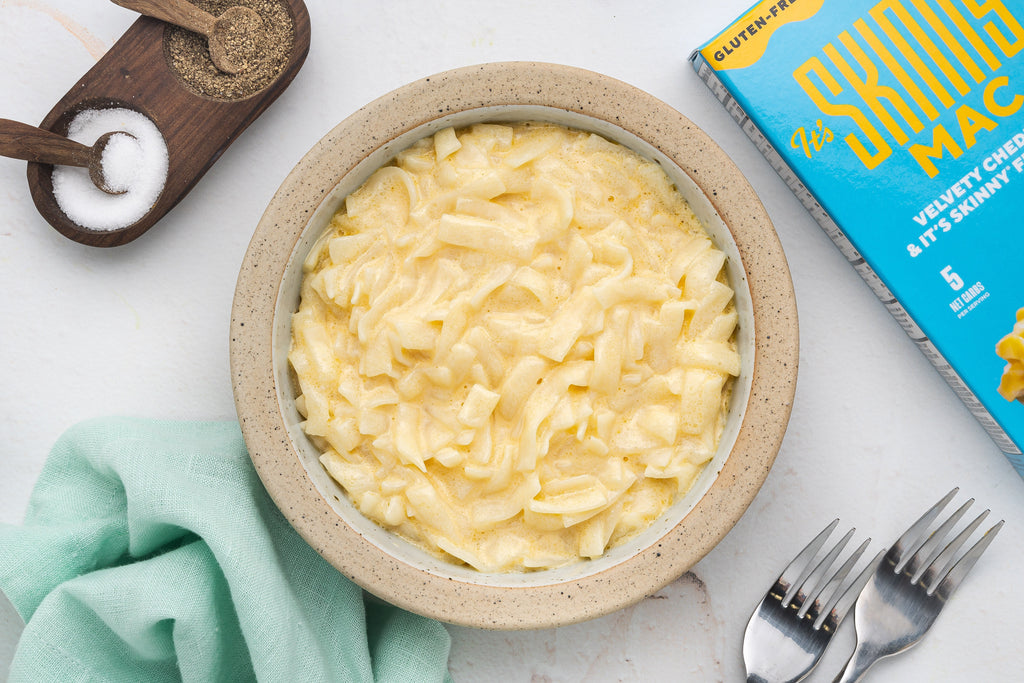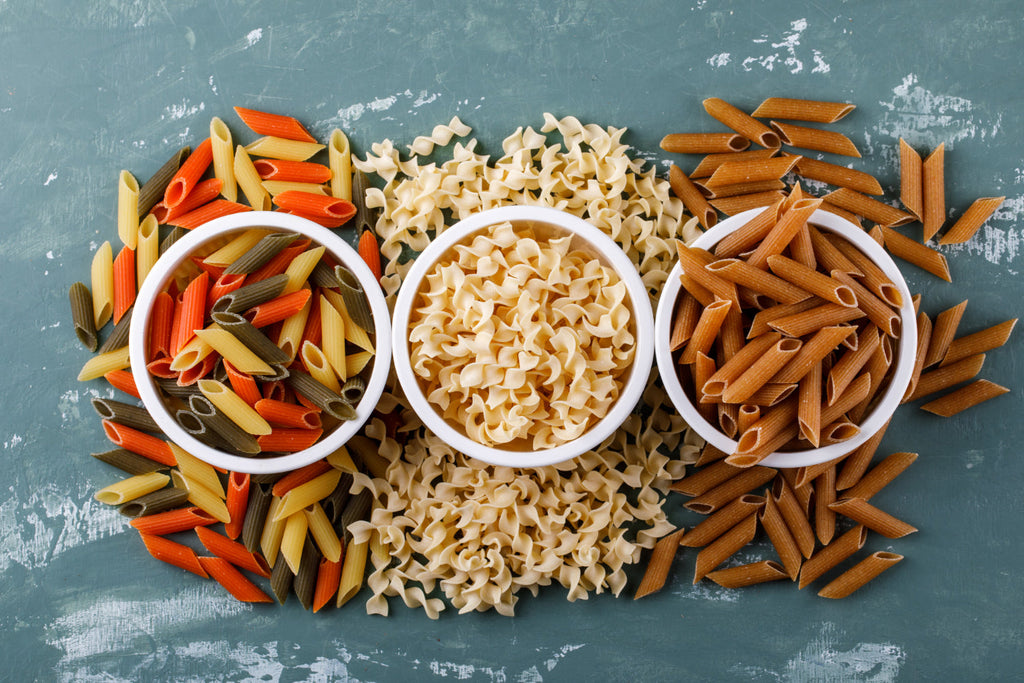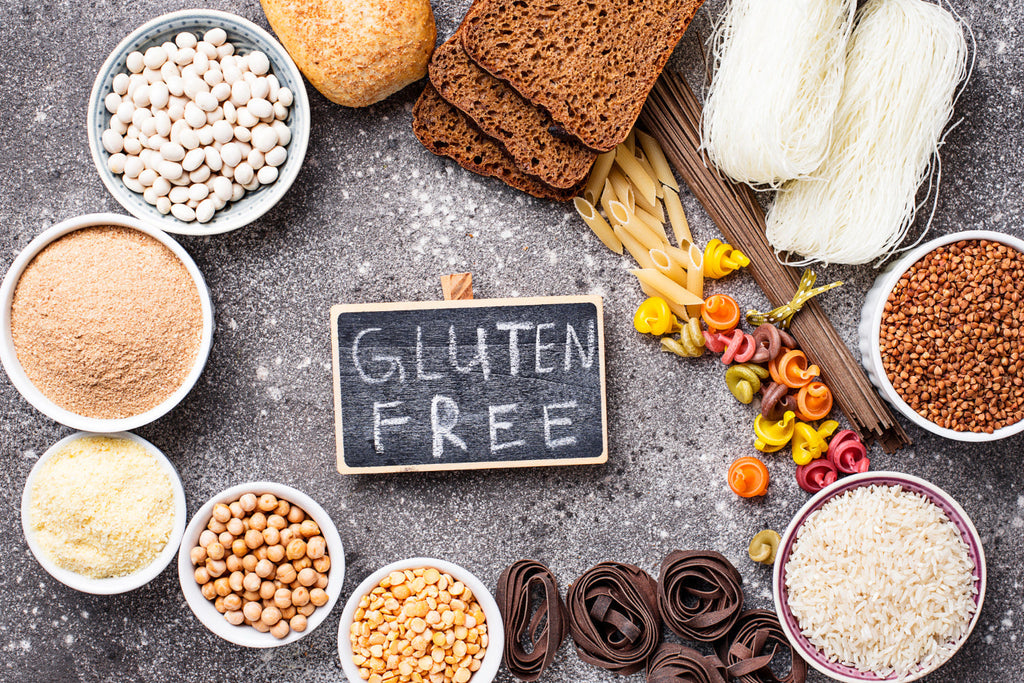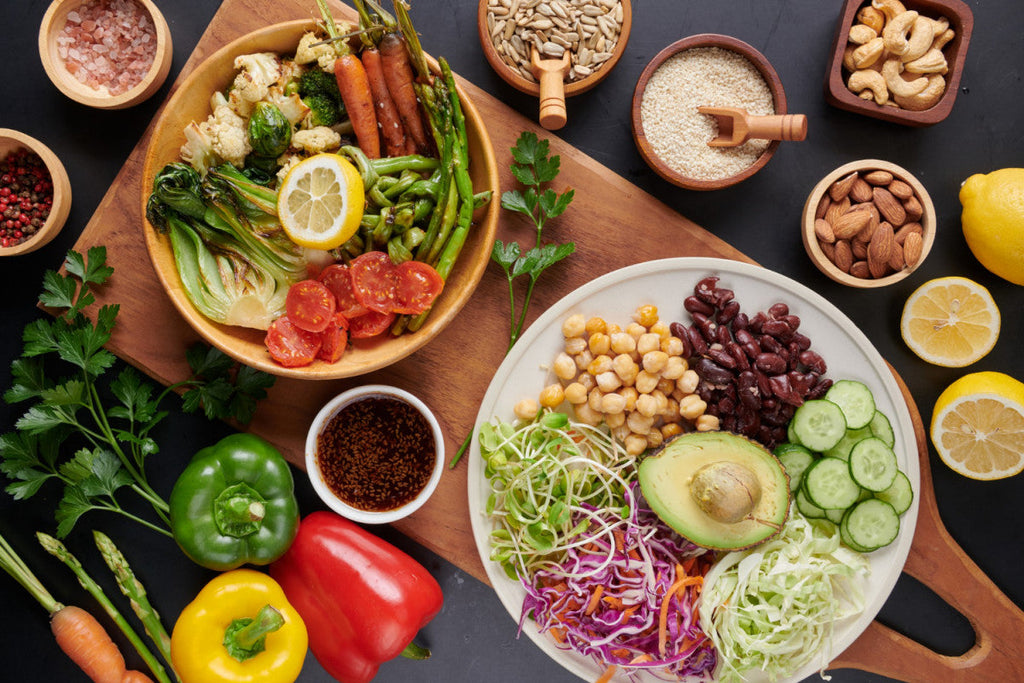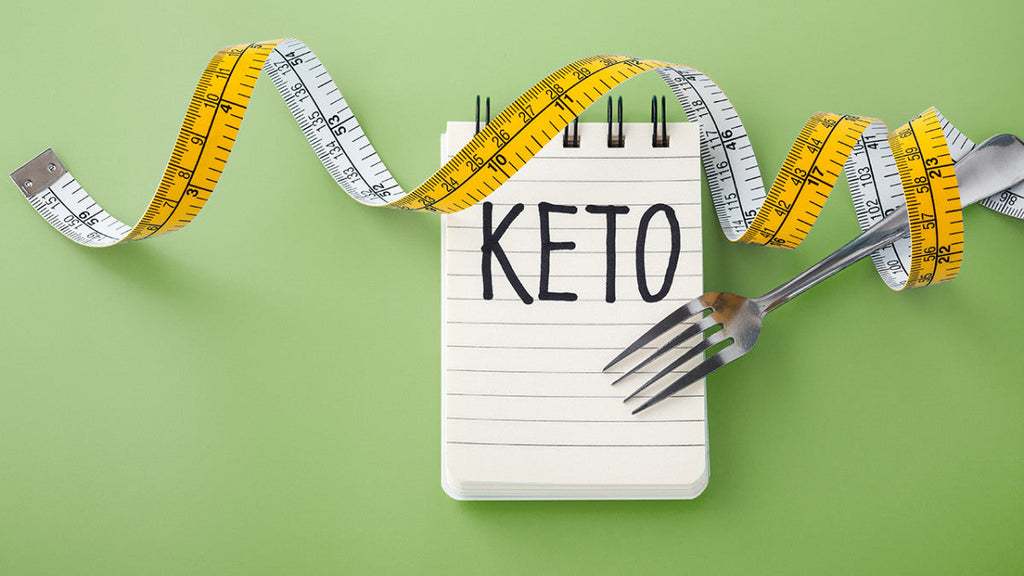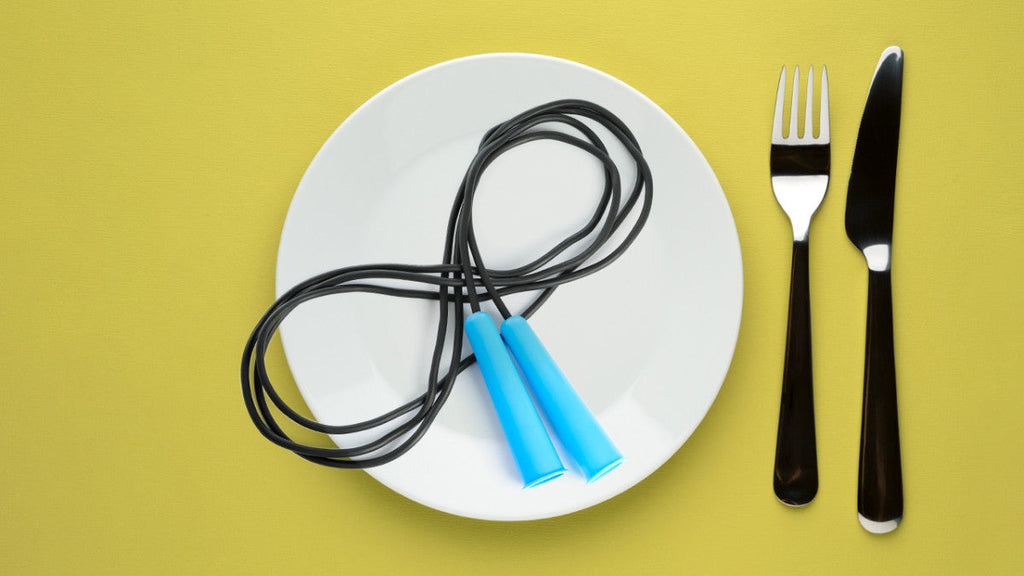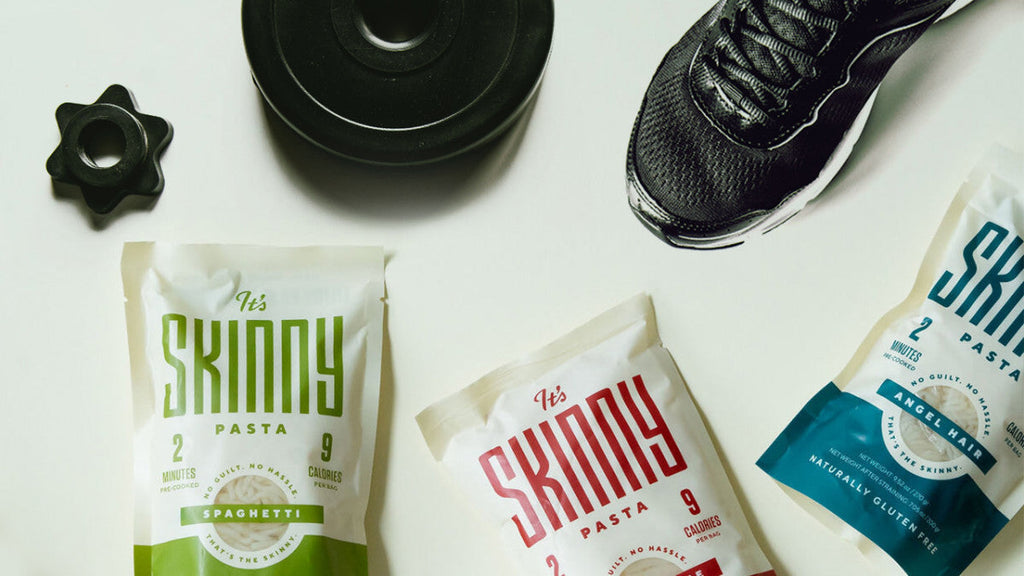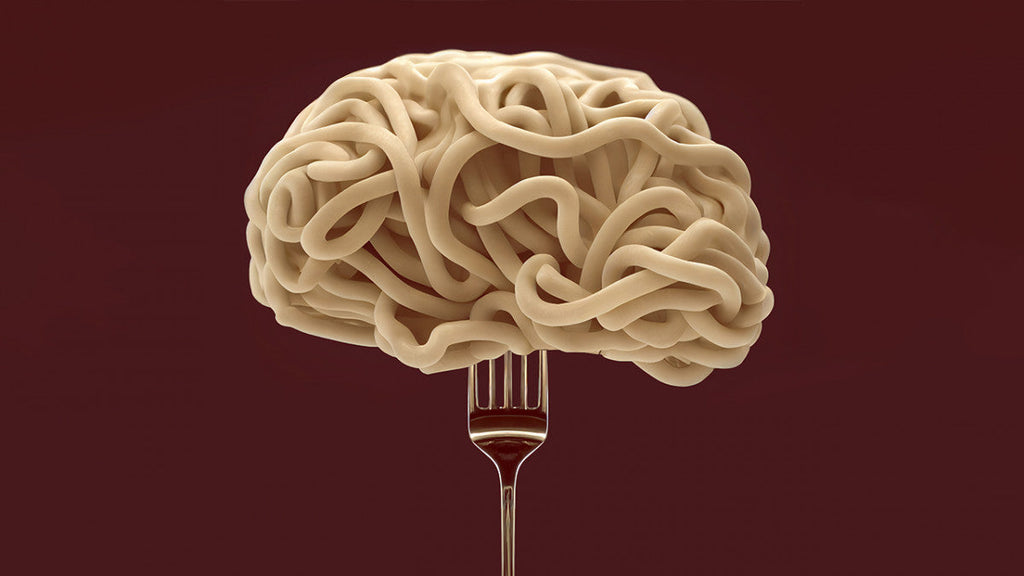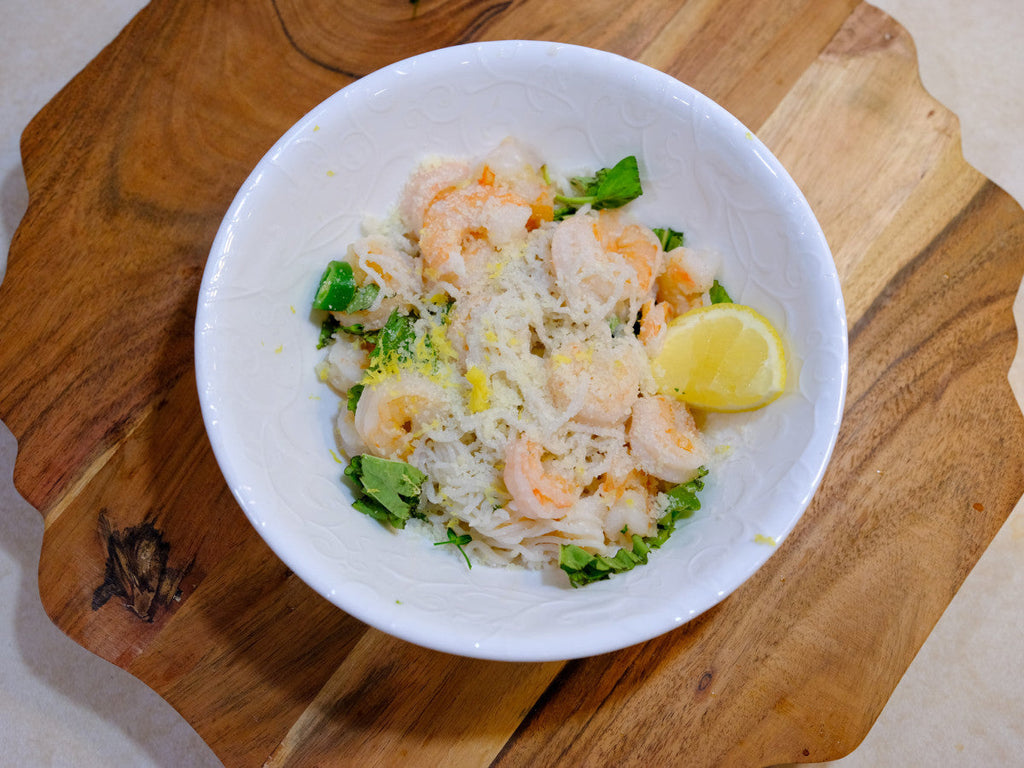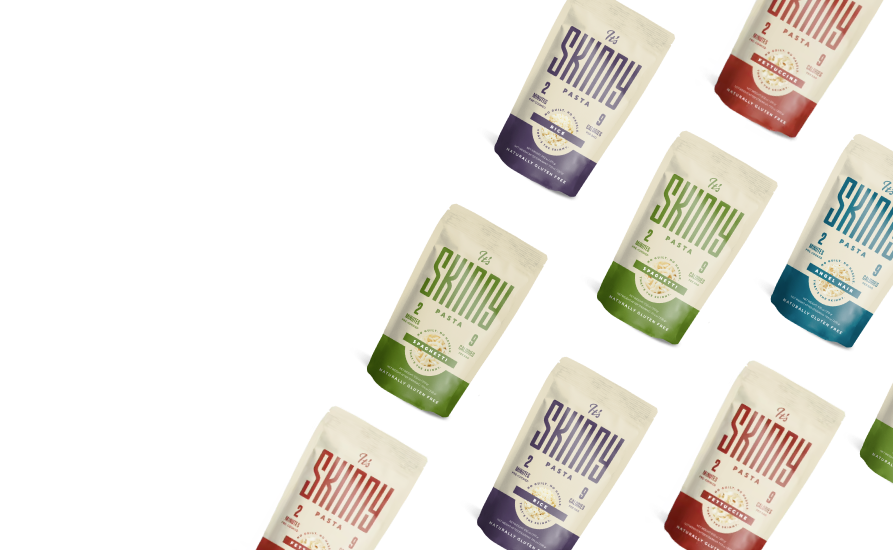Counting Carbs vs. Calories: Which is Better for Weight Loss?

Trying to lose weight? Chances are you’re facing the great debate: counting carbs vs. calories. So what’s the right answer? And what’s the difference between carbs and calories anyway?
No matter how you’ve decided to work on your diet, starting to track either carbs or calories will help you lose weight. But which method is better for long-term weight loss?
WHAT’S THE DIFFERENCE BETWEEN CARBS AND CALORIES
The carbs vs. calories debate is a popular one in the diet world. There are positives about tracking either metric, and much of the success depends on what’s right for your eating and lifestyle. Here’s what you should consider if you’re trying to decide which type of tracking is best for your body.
You may have heard the terms calories and carbs used to describe nutritional value, but the truth is that there are some big differences between carbs and calories. So the first step in deciding on the best method for your weight loss is to understand the difference between calories and carbs so you can make an informed decision on which to track.
WHAT IS A CALORIE?
A calorie is a number assigned to food that quantifies the amount of energy that the food provides. Many factors contribute to the calories, and it depends on the nutritional makeup of the food—the amount of carbohydrates, fats, and protein (also known as macronutrients). Almost everything you consume has some calories—even foods like lettuce or grapefruit.
Your body burns between 1000-2500 calories per day, on average. You may burn more or fewer calories depending on your activity levels, age, metabolism, weight, and many other factors. As a general rule, to lose weight at the rate of about a pound per week, you'll need to cut between 500 and 1000 calories from your daily intake.
For reference, a medium apple has about 95 calories. A 120 lb person burns about 65 calories per mile. As you can see, it’s a lot easier to reduce the calories you eat than to try to burn them off with exercise. Although exercise can support weight loss, you’ll see quicker results by cutting calories.
WHAT ARE CARBOHYDRATES?
Carbohydrates or carbs, on the other hand, are a macronutrient. Carbohydrates are made up of fiber, starch, and sugar. Generally, most carbohydrates contain about 4 calories per gram (protein also provides 4 calories per gram, and fat offers about 9 calories per gram). But not all carbohydrates are created equal. Refined carbs in processed foods like pasta and white rice are often low in fiber and nutrients.
That means you'll gain weight when you eat "junk" carbohydrates like sugar-heavy foods. Your body will also burn through these carbohydrates quickly, causing you to get hungry and feel sluggish. It’s not that carbohydrates are bad, but for optimal health, you should look for carbohydrates that come from fruits and veggies (rather than starches and sugars).
While almost all carbohydrates contain some sugars (including dairy and many veggies), these are easier to process, natural sugars that give energy rather than causing that carb comma. Generally, if you want to maintain weight, keep your carbs between 100 and 150 grams daily.
You may need to reduce your carb intake to 50-75 grams to lose weight. You may even reduce your carb intake to under 50 grams per day on keto and some other low-carb diets. For reference, a medium apple has about 25 grams of carbs.
So can you burn carbohydrates? This is where it gets a little more complicated. Your body doesn’t differentiate the “kind” of calories it’s burning. So burning 50 calories is the same, whether those calories are from carbs or protein.
When you follow the keto diet, you're actually "tricking" your body into burning fat resources rather than carbs. Because your carb intake is so low, your body goes into a state called ketosis. When in ketosis, your body uses your fat reserves as fuel, helping you slim down with more sustained energy.
COUNTING CARBS VS. CALORIES
Most Americans consume a lot of carbohydrates and, in turn, a lot of calories. Deciding to count one or the other can help you get a handle on your weight loss. When you keep track of your intake, you’ll naturally consume less and be more aware of what you’re eating.
Yes, a calorie is a calorie is a calorie. However, you can eat 1500 calories per day in candy bars and cookies, and chances are you won't feel good or full. You may still lose weight, but you'll probably feel tired, sluggish, and cranky. Why? Because sugar shoots up your blood sugar with energy and then causes a crash after. You end up more exhausted than ever. What's more, 1500 calories of junk food per day just isn't sustainable in the long run. A 1500-calorie diet consisting of a toaster pastry for breakfast, a burger for lunch, and starvation for dinner will set you up for failure fast.
A 1500-calorie diet that consists of a high protein breakfast like a vegetable omelet, lunch of a salad topped with light dressing and protein like fish, and a dinner of lean protein, vegetables, and a low-carb side will help you stay full and feel sustained throughout the day.
As you can see, counting calories works, but if you don’t also consider the mix of macronutrients in your diet, it may be much harder to sustain a low-calorie diet. What happens to many people is that they eat or drink empty calories; they get a boost, crash, and feel ravenous. Then, they go out and overeat and fall into the “diet starts tomorrow” mentality.
Counting carbs, on the other hand, may be a little more sustainable and might help you stay fuller longer. The same menu—omelet, salad, and healthy dinner, is also low-carb. You could even supplement your meals with a high protein snack or two—a hardboiled egg in the morning, turkey jerky in the afternoon, or veggies and hummus. A dessert of berries, high protein yogurt, or a frozen banana whipped with peanut butter powder can leave you sustained and successful.
When it comes to calories vs. carbs, the secret to success is eating enough to fill you up and keep your blood sugar steady. If you can avoid the crash, you’ll find your way to success.
COUNTING CALORIES OR CARBS, IT’S SKINNY IS THE SECRET
Whether you’re going low-cal or low-carb, It’s Skinny is the secret to staying full and satisfied. It’s Skinny Pasta and It’s Skinny Rice have ZERO net carbs and only 9 calories per 2-serving pack. So you can enjoy all your favorite dishes your way—guilt-free thanks to It’s Skinny.
It’s Skinny is available in four varieties: spaghetti, fettuccine, angel hair, and rice. It’s the perfect base for any meal.
Because It’s Skinny is made with konjac root, it contains glucomannan—a special type of fiber that keeps your blood sugar stable and helps you avoid those sudden hunger pains. What's a konjac root? We're so glad you asked!
Konjac is a humble vegetable that's popular in Asia but not as common here in the United States. It's somewhere between a turnip and potato. This little root veggie has been used in Asian cooking and medicine for years. It just happens to be a great way to make a delicious low-carb pasta that will blow your mind!
Cooking with konjac is easy. First, make your toppings—sauce, protein, veggies, cheese—whatever floats your boat. Then in the last few minutes of cooking, open a pack, drain, and toss it in the pan to heat through. You'll have a delicious, filling, low-calorie dish that will help you stay on track whether you're watching calories or carbs.
If you’re ready to try It’s Skinny, order online today. We have a fantastic variety pack that will allow you to try all the different noodles (and rice) at once. Reinvent your favorite dishes like pesto, spaghetti, or primavera, with It’s Skinny—the secret to success on any diet.
